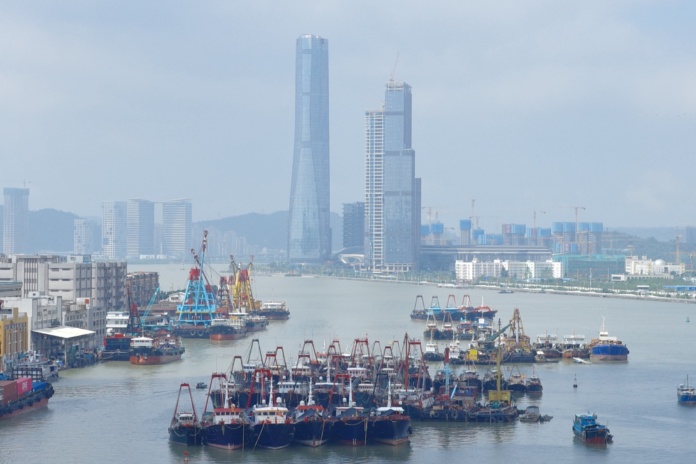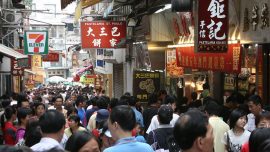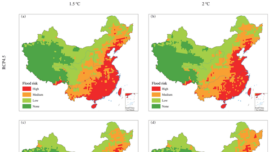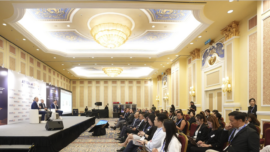
José I. Duarte
Economist, Macau Business Senior Analyst
China’s National Development and Reform Commission (NDRC) recently (at the end of 2023) published a significant document concerning the development of Hengqin Island. To my knowledge, the document “Hengqin Guangdong-Macau In-Depth Cooperation Zone General Development Plan” is only available in Chinese.
Hopefully, an official translation will be made available in other languages, as it is of obvious relevance to the many residents in the region who do not master written Chinese, not to mention international businesses that may be interested in the region’s development plans. That issue aside, let us focus on the document’s contents, especially some of the targets (or forecasts?) set therein.
As it is well known, Hengqin Island is one of the critical areas for the development of the designated Greater Bay Area (GBA) and a central element in the policy orientations and actions relating to Macau’s future development. That document quantifies some important targets concerning the number of Macau residents expected to settle or work in Hengqin in the next decade, the subject we will focus on here.
The population and workforce targets follow a broad calendar that would bring the total number of Macau residents living in Hengqin to 120,000 and the number of workers to 80,000 by 2035. Bearing in mind the average size of families in Macau and the activity rates prevailing in the region, these numbers also imply significant flows of workers shuttling between Macau and Hengqin. However, the basis or rationale for these numbers is not set forward, limiting our ability to comment on their foundations.
Note, however, that in 2022, those two figures stood at 1,300 and 5,400 persons, respectively. In the current year, their numbers should reach five and nine thousand. The figures entail an increase of roughly 6,800 workers and 10,000 residents per year, on average, until 2035.
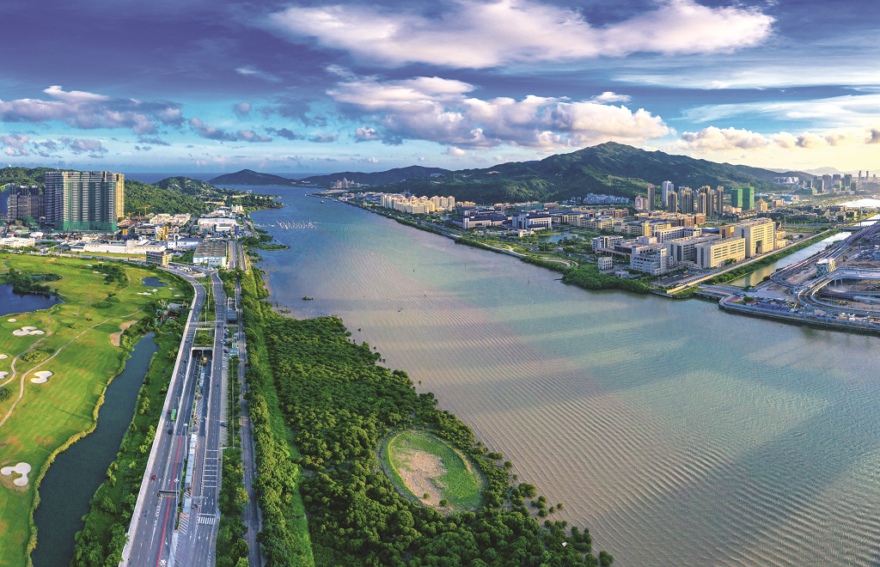
The report provides some intermediate targets for 2024 and 2029, chosen for their symbolic nature, as they corresponded to the 25th and 30th anniversary of the Macau SAR. They fit broadly with the average figures indicated above, which suggest an expectation of steady and regular growth in the coming years.
Let us remove the non-residents from the local population and labour market figures, as they raise separate issues and are indeed not the ‘target’ population expected to move to Hengqin. Then, the people expected to live and work in Hengqin represent no less than 20 percent of the current local population and 25 percent of the corresponding labour force. Should we consider the growth trends and the age structure of the population and the labour force, the percentages indicated could be even higher.
These numbers are bound to affect Macau’s demography and labour force, if not its social and economic fabric, more generally. This side of the regional development equation has been seldom tackled.
Notwithstanding the income that the Hengqin island activities may provide to the residents or part of them, such flows are likely to strongly impact most other sectors of activity, namely those that depend mostly on the expenditures of the locals.
For example, several local small retail businesses (including restaurants and providers of leisure and personal services) are already under stress from the competition brought by external suppliers and the ease with which locals may shop and spend their leisure time across the border. They may find themselves under increased pressure. Also, the housing market will inevitably be affected, as the emigration to Hengqin, in the numbers foreseen, will affect over 40,000 housing units. Even the public purse will not be immune to the tide.
These issues alone suggest it is probably time to take a broader view of this process in all its dimensions and likely ramifications.





